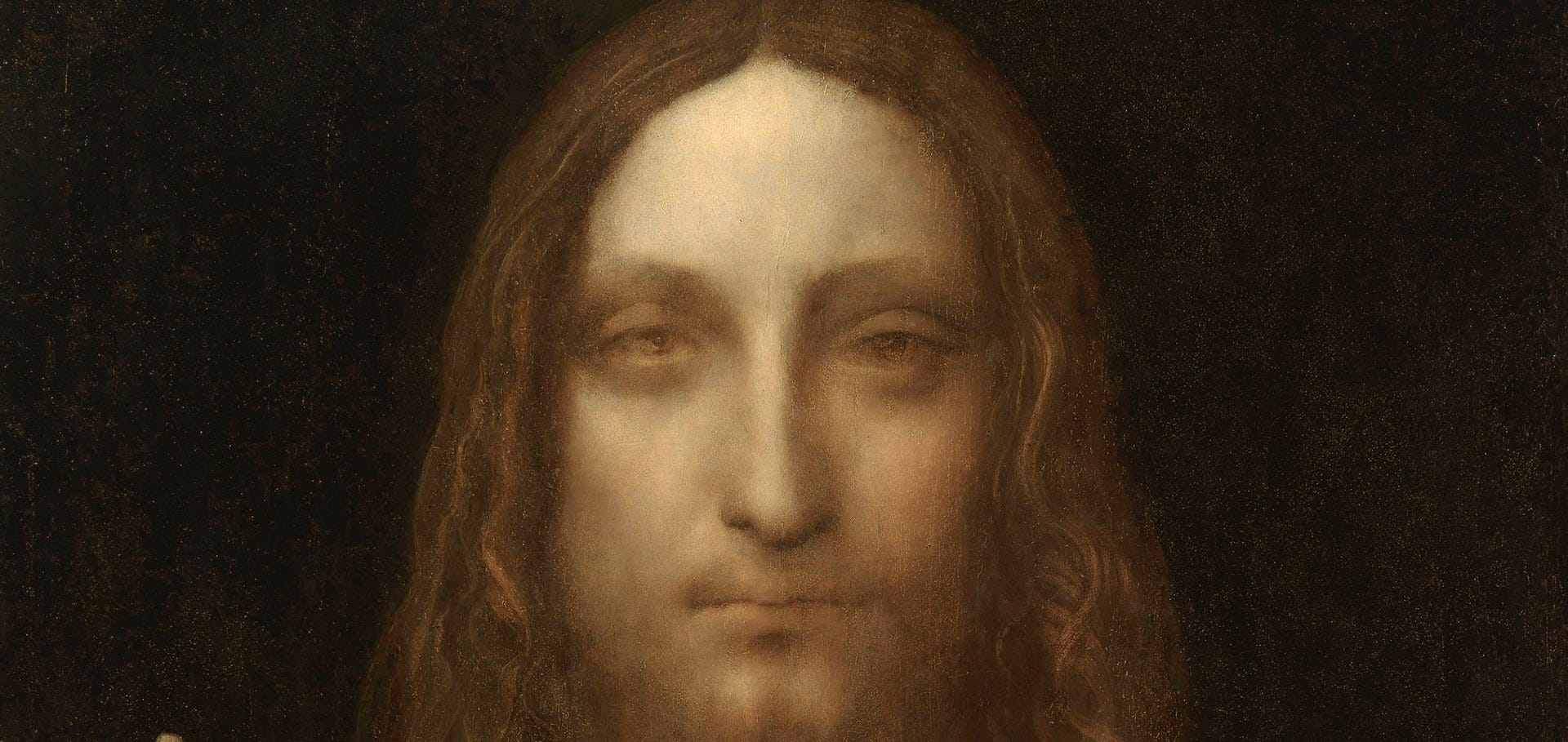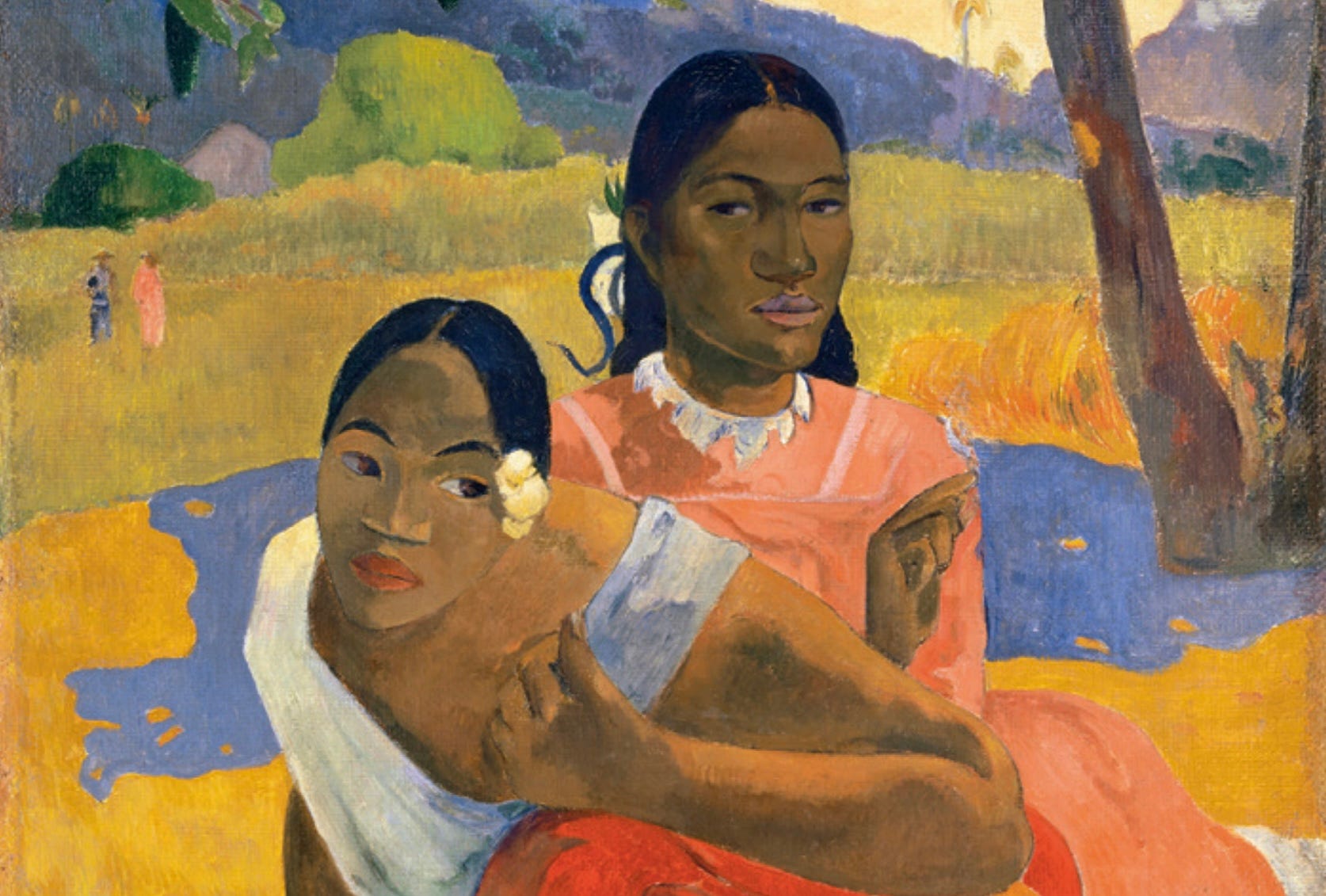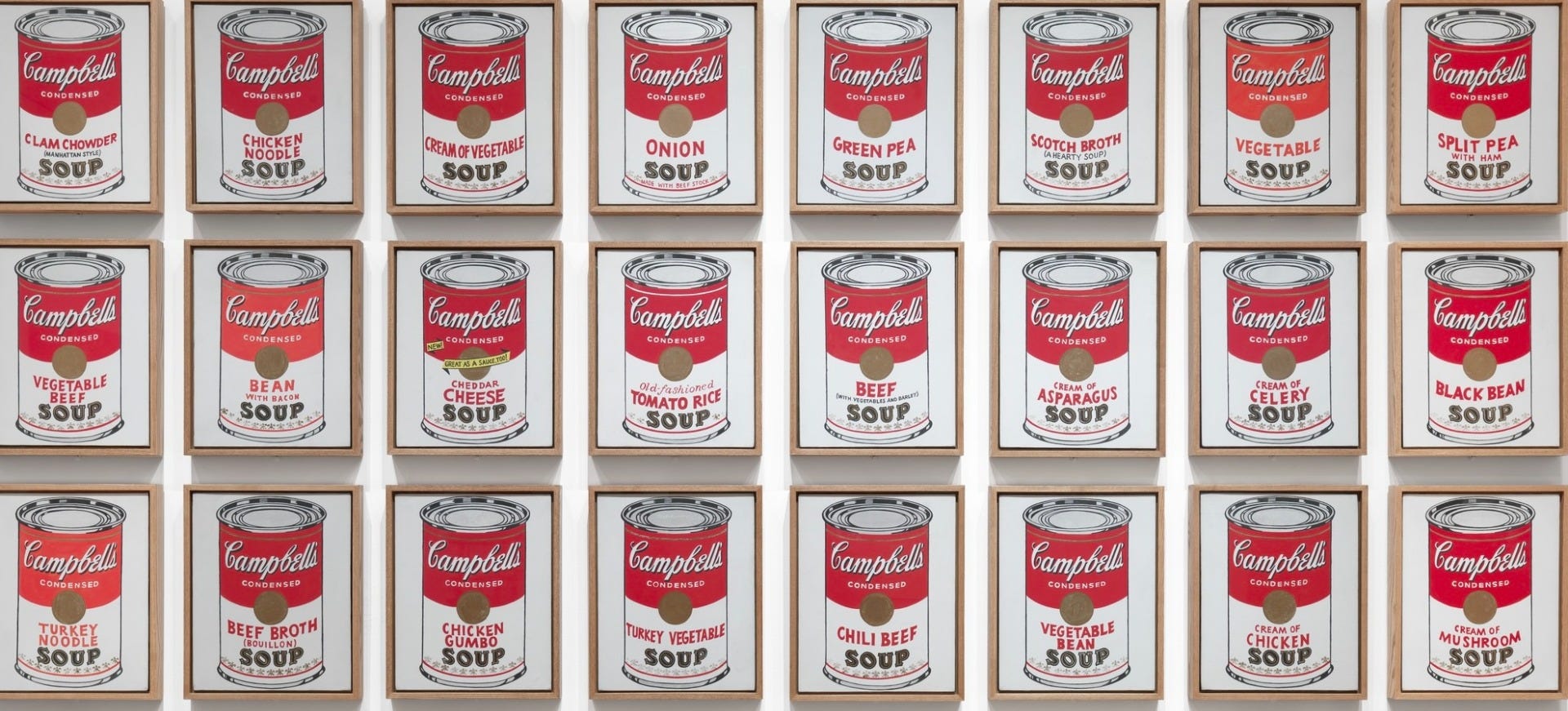Basquiat and Warhol: A Complex Relationship and Brilliant Collaboration
- Aug 6, 2024

Image: Jean-Michel Basquiat, Dos Cabezas, 1982
Basquiat and Warhol, the Pop Art master, became good friends and constant collaborators, creating works of art that were vibrant and brilliant. Was this relationship authentic, however, or did it have a slightly darker side?
During the rise of the hip-hop, punk, and street art movements of the late 1970s, Basquiat started his rise to fame. The burgeoning artistic movement was an important outlet for the man. He would then go on to make an indelible stamp it with his wild, eccentric vision. Basquiat’s celebrity status in the early and mid-80s was renowned worldwide. He remained an important voice in the art world for his entire life, which was tragically cut short in 1988.
Basquiat’s Beginnings
As a young, half-Haitian, half-Puerto Rican, rebellious high school dropout, Basquiat’s life growing up was difficult and fraught with peril. His mother, having gone in and out of mental institutions during this time, was unable to protect him from his father, who banished him from the house upon hearing that his son failed conventional schooling. Basquiat survived this time on the streets, selling T-shirts and homemade postcards to make ends meet.
With his friend, Al Diaz, in 1976, he started his artistic work spraying graffiti on buildings with the SAMO tag. The two created the SAMO tag and sprayed their work all over lower Manhattan until they were discovered by The Village Voice, which published an article about their collaborative efforts. After the sudden influx of fame, the group split up, with SAMO IS DEAD written on many buildings signaling the end of this partnership.
When Basquiat and Warhol Met
Soon after being spotted, Basquiat began his official art career in 1980 and participated in numerous galleries. His star was rising and his fame was becoming more and more discussed. During this time, he met Andy Warhol through the art dealer Bruno Bischofberger and the two would continue their relationship until Warhol’s death in 1987.
Basquiat idolized Warhol, to the point where he had a picture of the man above his bed. It was incredibly important that he met his hero, and this meeting having occurred with the help of Bischofberger was an intense experience for Basquiat. Bruno planned a meeting between the two over lunch one day, and Andy Warhol was ultimately extremely impressed by the young man.
Interestingly enough, the first reaction Warhol seemed to have of Basquiat was that he was a young upstart – someone who, according to Warhol’s Journals, “drives [him] crazy.” “Bruno discovered him and now he’s on Easy Street.” He would go on to say. That is until the rest of the story comes out:
“Had lunch with them and then I took a Polaroid and he went back home and within two hours a painting was back, still wet, of him and me together. And I mean, just getting to Christie Street must have taken an hour.”
Afterward, the two would find themselves in an incredible, lifetime collaborative partnership that seemed to benefit Basquiat and Warhol considerably.
The Collaboration between Basquiat and Warhol
Even though some critics didn’t appreciate Basquiat and Warhol’s relationship – some claiming that Basquiat was a fame-hungry leech trying to ride on Warhol’s reputation while others stating that Warhol was an opportunist who was using Basquiat’s talent for his own ends, the truth seems to show that the relationship was genuine, if fraught with frustrations. Ronny Cutrone, a friend of the two, was quoted in a Biography of Andy Warhol saying that, “It was like some crazy Art-world marriage and they were the odd couple. The relationship was symbiotic. Jean-Michel thought he needed Andy’s fame and Andy thought he needed Jean-Michel’s new blood. Jean-Michel gave Andy a rebellious image.”
Notable Collaborations:
• Ten Punching Bags: Reflecting their mutual love of boxing, this piece combined Warhol’s initial work with Basquiat’s dynamic overlays.
• Olympic Rings: Warhol’s silkscreened Olympic rings were transformed by Basquiat’s bold additions, merging their distinct styles into a primal, energetic work.
• Untitled (1984-85): This piece features Basquiat’s iconic skull juxtaposed with a Warhol-esque red stomach, symbolizing their collaborative synergy. Keith Haring noted it was like “a physical conversation happening in paint.”
Tension in the Relationship
As with most partnerships, the Basquiat-Warhol relationship ended with the artists barely speaking after their exhibition “Warhol and Basquiat: Paintings” opened in Soho to negative reviews. However, it would be inaccurate to say they did not care for each other. After Warhol’s death, Basquiat was deeply saddened and spiraled further into his struggles with addiction. Despite efforts to regain control of his life, Basquiat died of a heroin overdose in 1988.
Recent Exhibitions and Upcoming Events
For those interested in exploring more about Basquiat and Warhol, several exhibitions are noteworthy:
• “Basquiat x Warhol. Painting Four Hands” at Fondation Louis Vuitton, Paris (2024): This exhibition explores the collaborative artworks of Basquiat and Warhol, providing a deep dive into their creative processes and the synergy of their partnership.
• “Basquiat and Warhol: A Collaborative Journey” at The Brant Foundation, New York (2024): This exhibition focuses on the joint works of Basquiat and Warhol, celebrating their unique artistic relationship and its impact on modern art.
• “Warhol and Basquiat in Focus” at The Whitney Museum of American Art (2024): This exhibition will delve into their collaborative works and personal relationship.
• “Icons of Art: Basquiat and Warhol” at The Tate Modern, London (2025): Highlighting their influence on contemporary art, this showcase will feature many of their collaborative pieces.
Fun Facts About Basquiat and Warhol
•Basquiat’s First Sale: Basquiat sold his first painting to Debbie Harry of Blondie for $200.
•Warhol’s Gift: Warhol once gave Basquiat a golden egg, symbolizing their unique bond and mutual respect.
•Artistic Influence: Basquiat influenced Warhol to return to hand-painting, which he had largely abandoned for silkscreening.
Conclusion
The relationship between Basquiat and Warhol was complex, blending mutual admiration with creative tension. Their collaboration produced groundbreaking art that continues to resonate today. As we explore their works through exhibitions and retrospectives, we appreciate the profound impact they had on each other and the art world. The legacy of their partnership is a testament to the power of creative synergy, pushing boundaries and redefining art in their era.








